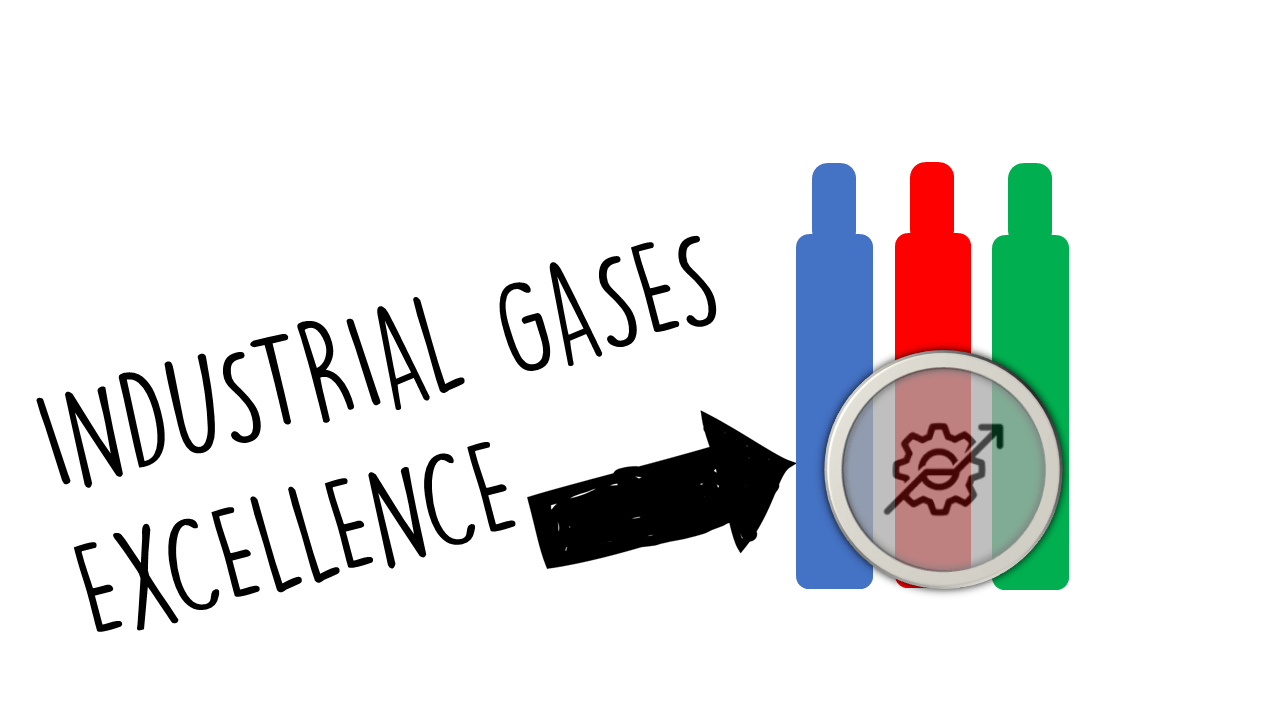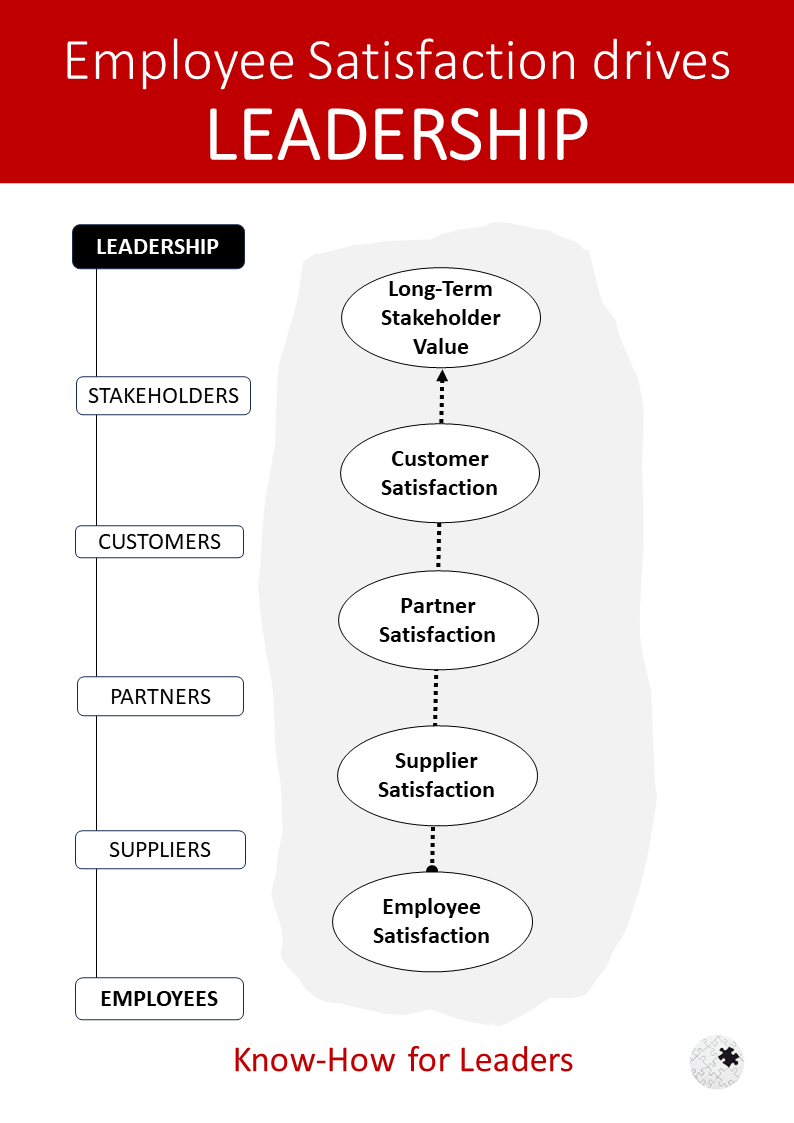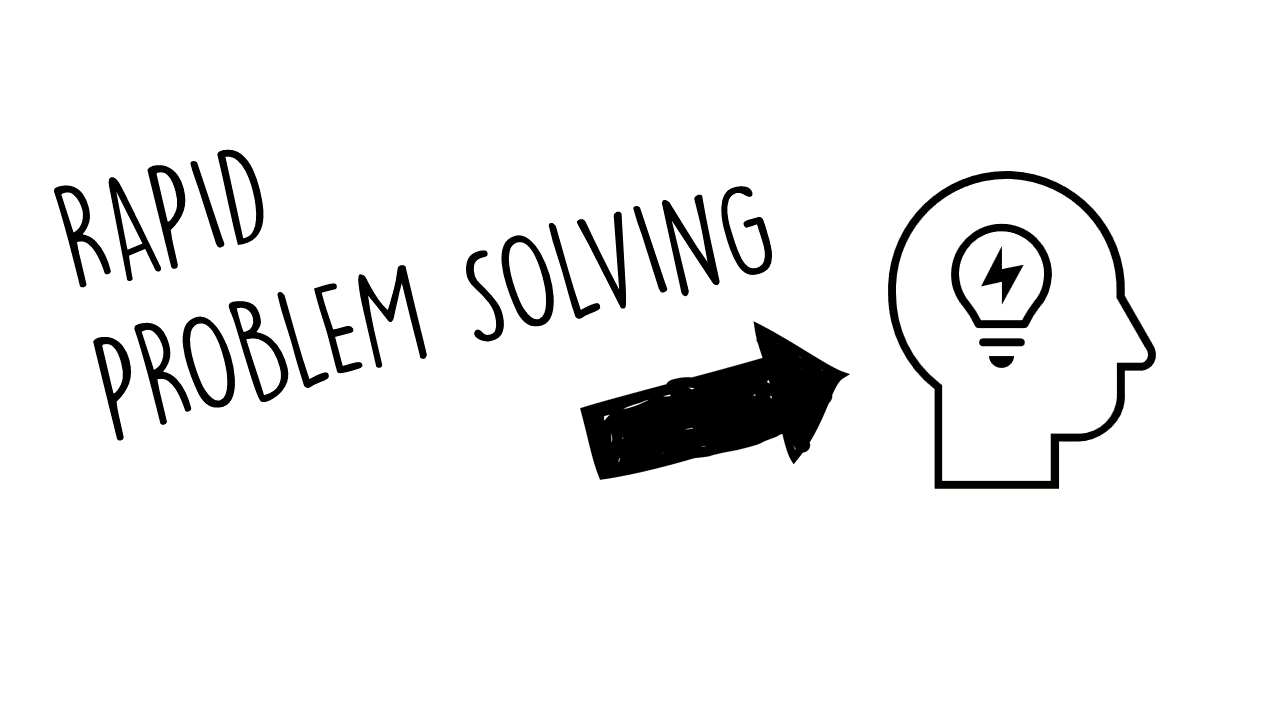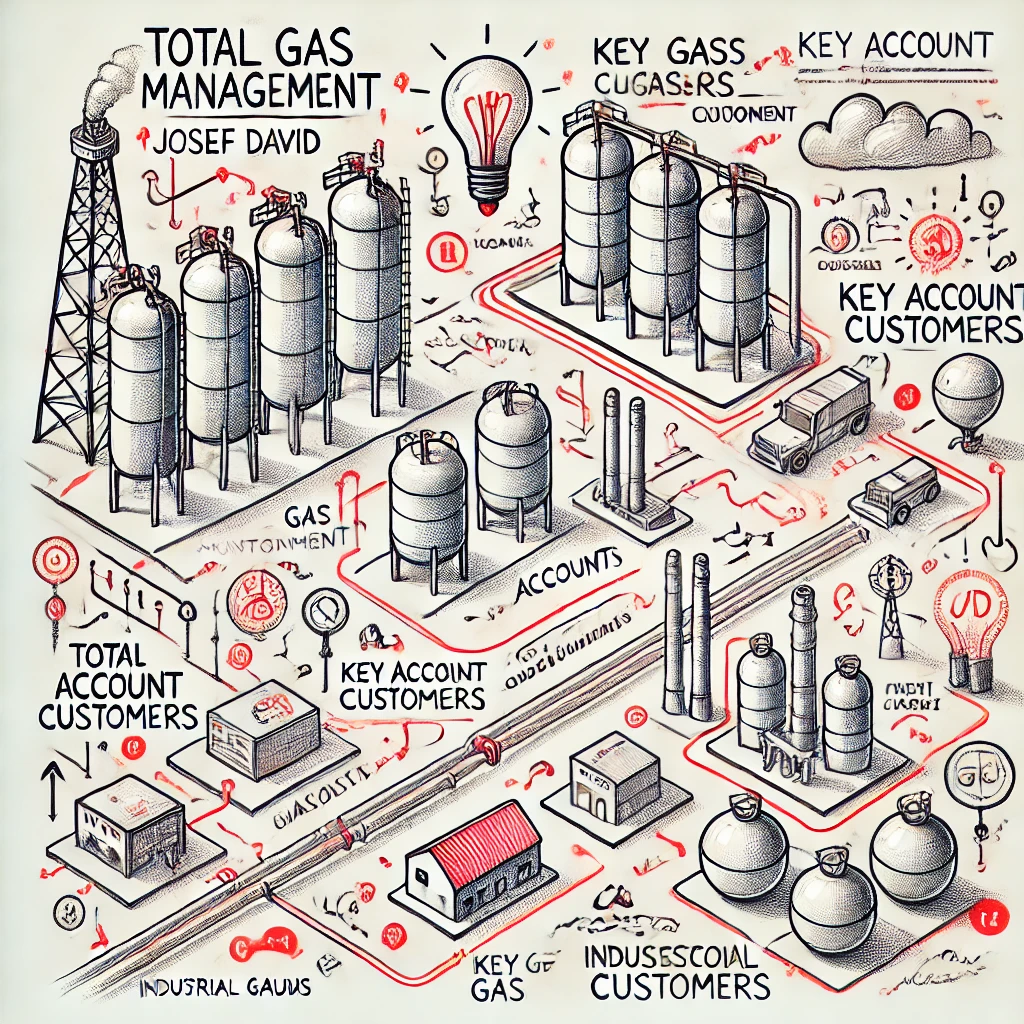The User-as-Designer (UaD) Model refers to the paradigm where end-users (consumers of industrial gases) play a proactive role in shaping the products, services, and solutions offered by gas suppliers.
This approach prioritizes user feedback, customizes offerings to meet specific needs, and enhances overall customer satisfaction, efficiency, and innovation.
Framing
- User-Centric Approach: Frame the industrial gas sector as one that prioritizes the voices and needs of its users. This can involve adapting products and services based on direct feedback from industries, such as manufacturing, healthcare, and energy.
- Customization and Flexibility: Emphasize the importance of flexibility in product offerings, enabling users to tailor gas compositions, delivery methods, and related services according to their precise operational requirements.
- Co-Creation of Value: Highlight the potential for suppliers and users to collaborate closely to create value. This includes joint R&D efforts, pilot projects, and the adaptation of gas applications to evolving market demands.
- Advancements in Technology: Position technological advancements, such as digital tools and analytics, as enablers for user-designed solutions, allowing for better insights into customer preferences and operational challenges.
Re-Framing
To effectively re-frame the concept of user-designed industrial gas excellence, consider the following angles:
- Empowerment through Data: Shift the focus to how data analytics can empower users to make informed decisions about their gas needs, thereby directly influencing supplier offerings.
- Feedback Loops: Reposition the narrative to include continuous feedback mechanisms where user insights lead to iterative improvements in gas products and service delivery.
- Sustainability as User Demand: Highlight the growing user demand for sustainable solutions, encouraging gas suppliers to adapt offerings to not only meet technical specifications but also environmental goals.
- Partnership Models: Emphasize the shift toward partnership models characterized by open communication and collaboration, enabling both parties to innovate and respond to industry challenges collectively.
Actions
To achieve user-designed industrial gas excellence, stakeholders should consider the following actions:
- Establish User Advisory Boards: Create advisory boards consisting of key users to regularly provide feedback and insights on existing products and new developments.
- Implement Customization Programs: Develop programs that allow users to request customized gas blends or delivery solutions tailored to their unique processes.
- Enhance Digital Interactions: Utilize digital platforms to facilitate real-time communication, surveys, and feedback about products and services by engaging customers in the design process.
- Host Collaborative Workshops: Organize innovation workshops where supplier and user teams co-develop solutions, focusing on specific challenges faced by consumers in their respective industries.
- Foster Research Partnerships: Establish partnerships with users and research entities to explore innovative applications of industrial gases, emphasizing co-investment in R&D projects.
Case Studies
Case Study 1: Custom Gas Solutions for Aerospace
- Description: An industrial gas company collaborated with aerospace manufacturers to design bespoke gas mixtures used in advanced welding applications.
- Outcome: This collaboration led to significant improvements in welding efficiency and reduced material waste, establishing a model for future custom solutions.
Case Study2: User-Centered Delivery Systems
- Description: A major gas supplier launched a pilot program that allowed industrial users to select delivery schedules and quantities based on their operational needs through a user-friendly app.
- Outcome: The initiative resulted in reduced service disruptions and increased user satisfaction, demonstrating the power of adaptable delivery systems.
Case Study3: Sustainability Innovations in Healthcare
- Description: A gas supplier worked with healthcare providers to co-design a new line of environmentally friendly gases for medical applications, focusing on reducing carbon footprints.
- Outcome: The initiative not only improved the environmental sustainability of hospital operations but also sparked further collaborations with other healthcare institutions seeking similar innovations.
Conclusion
The UaD Model represents a transformative shift towards greater collaboration between gas suppliers and consumers.
By prioritizing user needs, employing feedback mechanisms, and fostering innovation through customization, the industrial gas sector can enhance its value proposition. Through the tangible actions and successful collaborations highlighted in the case studies, stakeholders can create a more responsive, efficient, and sustainable industry.
As this paradigm evolves, the emphasis on partnership and co-creation will be vital for achieving long-term advancements in the industrial gas landscape, ensuring relevance and competitiveness in a rapidly changing market.





